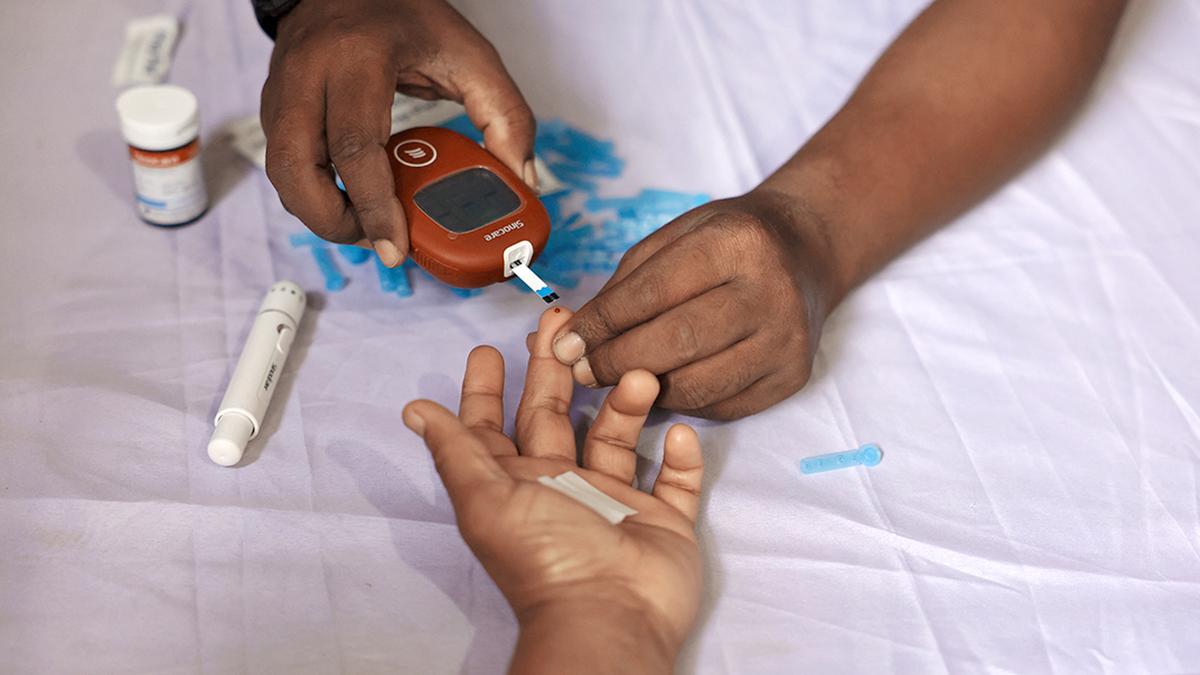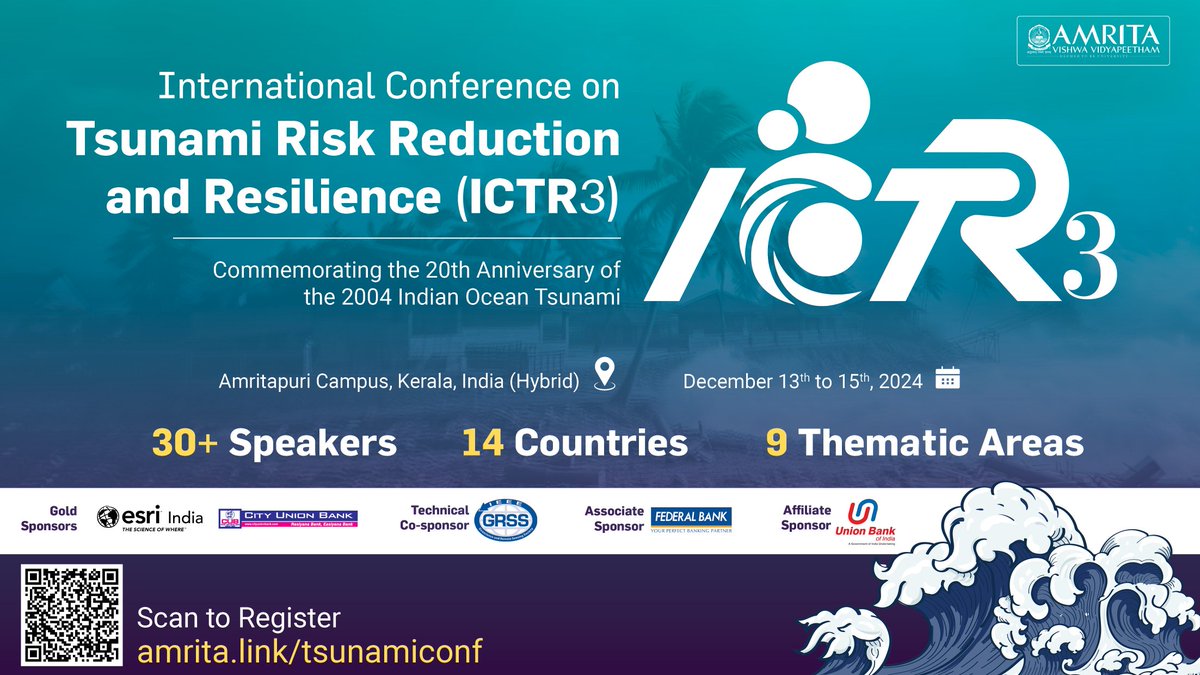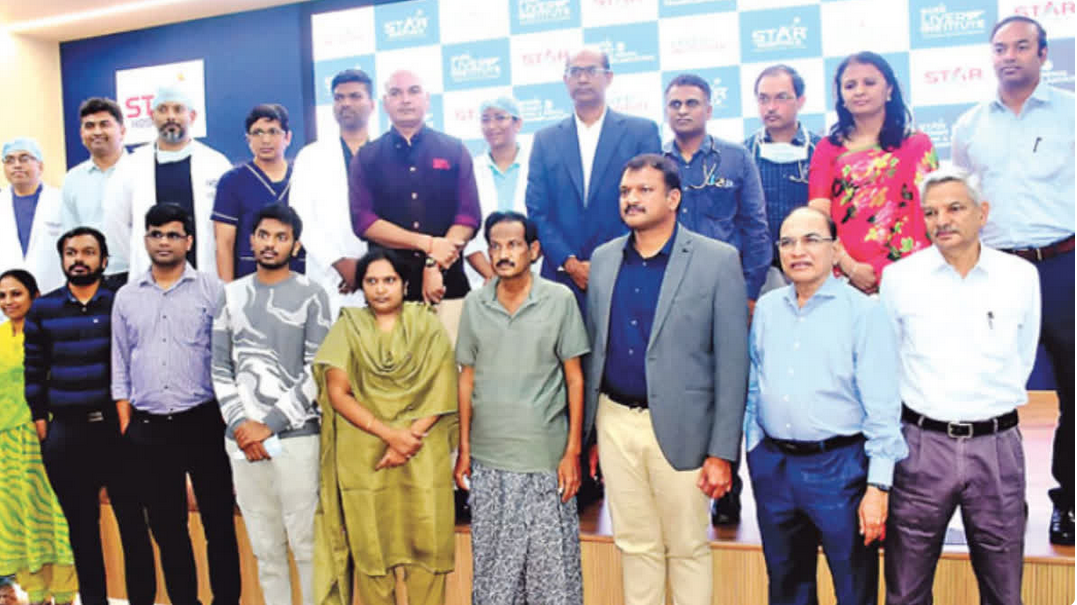In the coastal and rice belt regions of India, doctors are sounding the alarm over a significant rise in brain infections during the rainy season. The combination of high humidity and increased mosquito breeding during this time creates a perfect storm for viral encephalitis and other brain infections to flourish. These infections disproportionately affect vulnerable populations, with children and the elderly being the most at risk.
Understanding Brain Infections: Brain infections, also known as encephalitis, occur when the brain becomes inflamed due to infection by bacteria, viruses, fungi, or parasites. This inflammation can lead to severe damage to brain tissues, causing a range of neurological symptoms. While these infections are relatively rare in developed countries, they remain a major public health issue in South Asian nations like India.
The incidence of brain infections sees a significant spike during the monsoon season. This is because the rainy season provides ideal conditions for mosquito breeding, and mosquitoes are vectors for several viral infections, including dengue and Japanese encephalitis.
Regions Most Affected: Recent data from The Lancet Global Health highlights that certain regions in India are particularly endemic to viral encephalitis. Coastal regions such as Karnataka and Odisha, northeastern states like Assam and Tripura, and northern states with rice belts like Bihar and Uttar Pradesh see the highest incidence of these infections.
These regions share common environmental factors that contribute to the prevalence of mosquito-borne diseases. Stagnant water from heavy rains becomes breeding grounds for mosquitoes, increasing the risk of viral transmission.
Children and the elderly are the most susceptible to brain infections. Children, with their developing immune systems, and the elderly, who may have weakened immunity, are less able to fight off these infections. Symptoms of encephalitis can include fever, headache, confusion, seizures, and in severe cases, coma or death.
Early detection and treatment are crucial in managing encephalitis. However, in many rural and under-resourced areas, access to healthcare can be limited, making it difficult to diagnose and treat these infections promptly.
The Role of Mosquitoes: Mosquitoes are the primary vectors for many viral brain infections. During the monsoon, their population explodes due to the abundance of standing water, which serves as breeding sites. Some of the most common mosquito-borne viruses causing encephalitis include:
1. Japanese Encephalitis Virus (JEV): This virus is prevalent in rural and agricultural areas, particularly in rice-growing regions where standing water is common. It is a leading cause of viral encephalitis in Asia, with children being most affected.
2. Dengue Virus: Though primarily known for causing dengue fever, in severe cases, the dengue virus can invade the brain and cause encephalitis.
3. West Nile Virus: Although less common, this virus can also cause encephalitis and is transmitted by mosquitoes.
Preventing brain infections requires a multifaceted approach. Public health campaigns aimed at reducing mosquito populations and educating the public about protective measures are essential. Some effective strategies include:
1. Vector Control: Eliminating standing water where mosquitoes breed is a critical step. This can be achieved through regular cleaning of water storage containers, proper disposal of waste, and community-wide efforts to keep the environment clean.
2. Use of Mosquito Nets and Repellents: Sleeping under mosquito nets and using insect repellents can significantly reduce the risk of mosquito bites.
3. Vaccination: Vaccines are available for some types of encephalitis, such as Japanese encephalitis. Public health authorities should ensure these vaccines are accessible, especially in high-risk areas.
4. Early Diagnosis and Treatment: Health facilities should be equipped to diagnose and treat encephalitis promptly. Training healthcare workers to recognize symptoms and provide early intervention can save lives.
Despite efforts to control mosquito populations and prevent the spread of infections, several challenges persist:
1. Climate Change: Changing weather patterns can lead to more frequent and intense monsoon seasons, creating more opportunities for mosquito breeding.
2. Urbanization: Rapid urbanization without proper sanitation and waste management can create breeding grounds for mosquitoes in cities.
3. Healthcare Access: In many rural areas, healthcare facilities are inadequate, and people may not have easy access to medical care. This delay in diagnosis and treatment can lead to higher mortality rates.
4. Public Awareness: There is often a lack of awareness about the symptoms and dangers of brain infections. Public education campaigns are essential to inform people about preventive measures and the importance of seeking medical attention promptly.
The Role of Healthcare Professionals: Healthcare professionals play a crucial role in managing and preventing brain infections. Their responsibilities include:
1. Education: Educating patients and communities about the risks of mosquito-borne diseases and how to protect themselves is vital.
2. Diagnosis: Early and accurate diagnosis is essential for effective treatment. Healthcare providers should be trained to recognize the signs and symptoms of encephalitis.
3. Treatment: Prompt and appropriate treatment can reduce the severity of symptoms and improve outcomes for patients with encephalitis.
4. Research: Ongoing research is necessary to develop better diagnostic tools, treatments, and vaccines for encephalitis. Healthcare professionals can contribute to this research by participating in clinical trials and sharing their findings.
Several case studies illustrate the impact of brain infections during the monsoon season:
1. Karnataka: In the coastal regions of Karnataka, hospitals report a sharp increase in cases of viral encephalitis every monsoon. Children from rural areas are often brought in with high fevers and seizures. Early intervention with antiviral medications and supportive care has saved many lives, but access to healthcare remains a challenge in remote areas.
2. Assam: In Assam, the northeastern state frequently hit by floods, the incidence of Japanese encephalitis is particularly high. Public health campaigns promoting vaccination and mosquito control have been implemented, but the region continues to struggle with high rates of infection during the rainy season.
3. Bihar: The rice belt regions of Bihar see numerous cases of encephalitis, particularly among children. The state's healthcare system is overwhelmed during the monsoon, and efforts are being made to improve infrastructure and training for healthcare workers to handle the surge in cases.
The surge in brain infections during the monsoon season in India is a significant public health concern. High humidity and increased mosquito breeding create ideal conditions for viral encephalitis and other brain infections to spread. Vulnerable populations, particularly children and the elderly, are most at risk.
Preventive measures, including vector control, use of mosquito nets and repellents, vaccination, and early diagnosis and treatment, are essential in combating these infections. However, challenges such as climate change, urbanization, healthcare access, and public awareness need to be addressed.
Healthcare professionals play a crucial role in managing and preventing brain infections. Through education, early diagnosis, prompt treatment, and ongoing research, they can help reduce the incidence and impact of these infections.
As we continue to face the challenges posed by brain infections during the monsoon season, a coordinated effort from public health authorities, healthcare professionals, and the community is needed to protect vulnerable populations and improve healthcare outcomes.

 Preventive measures, including vector control, use of mosquito nets and repellents, vaccination, and early diagnosis and treatment, are essential in combating these infections.
Preventive measures, including vector control, use of mosquito nets and repellents, vaccination, and early diagnosis and treatment, are essential in combating these infections.










.jpeg)











.jpg)








